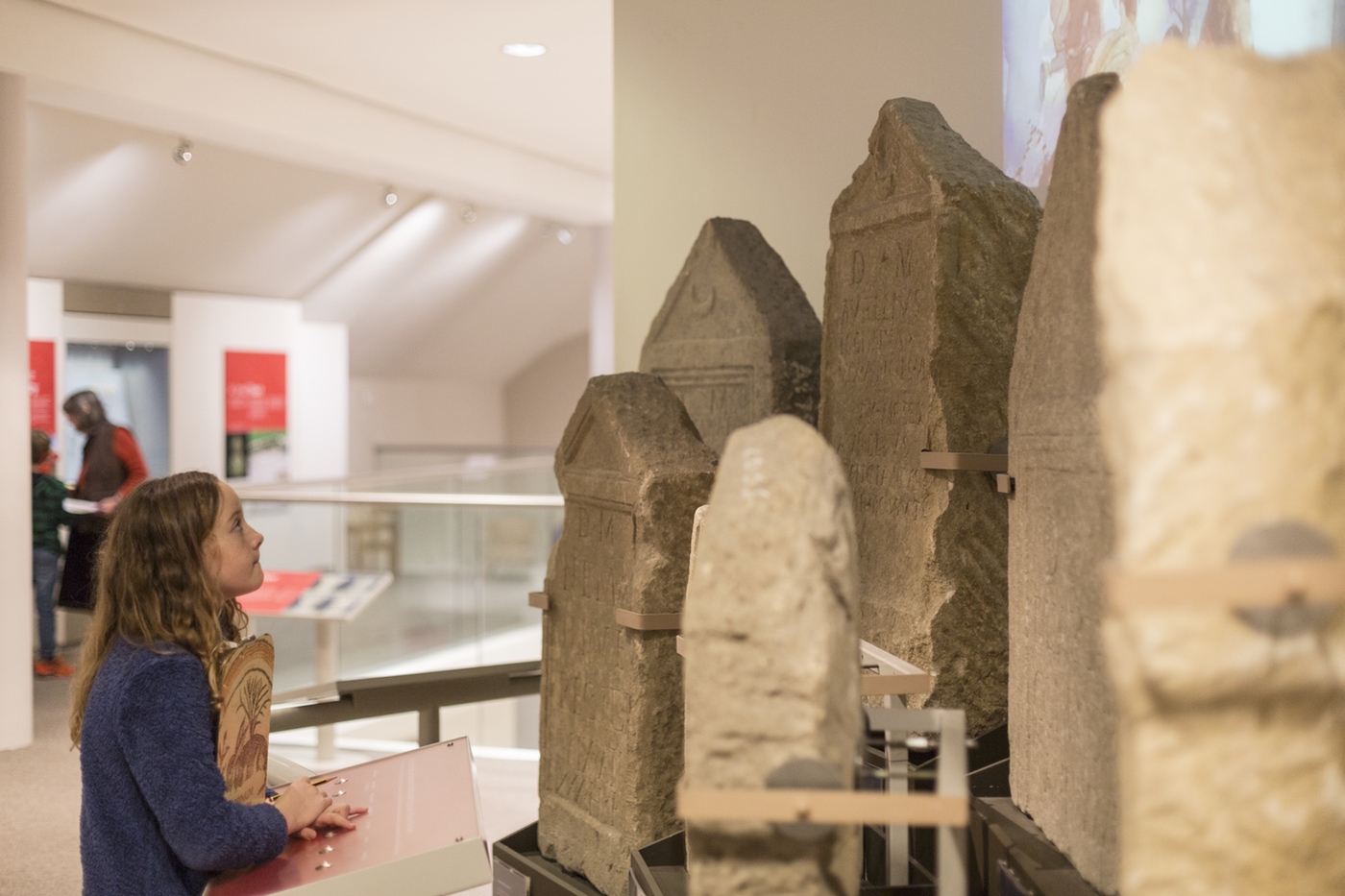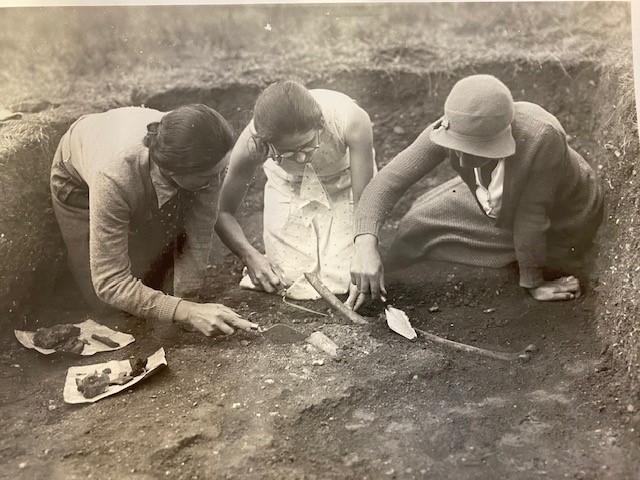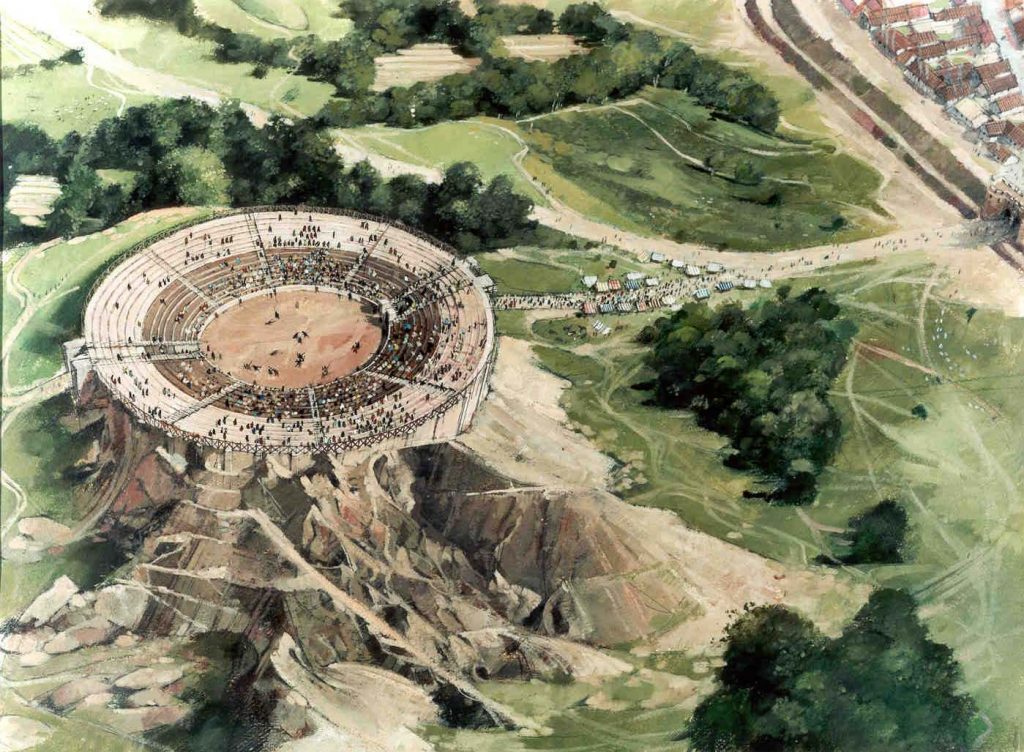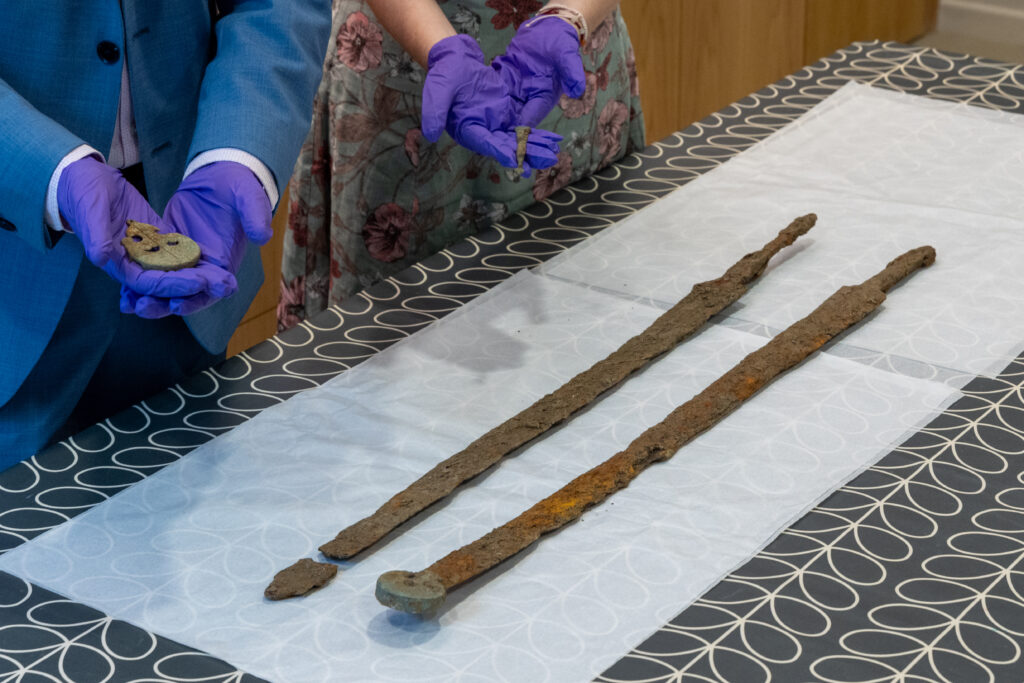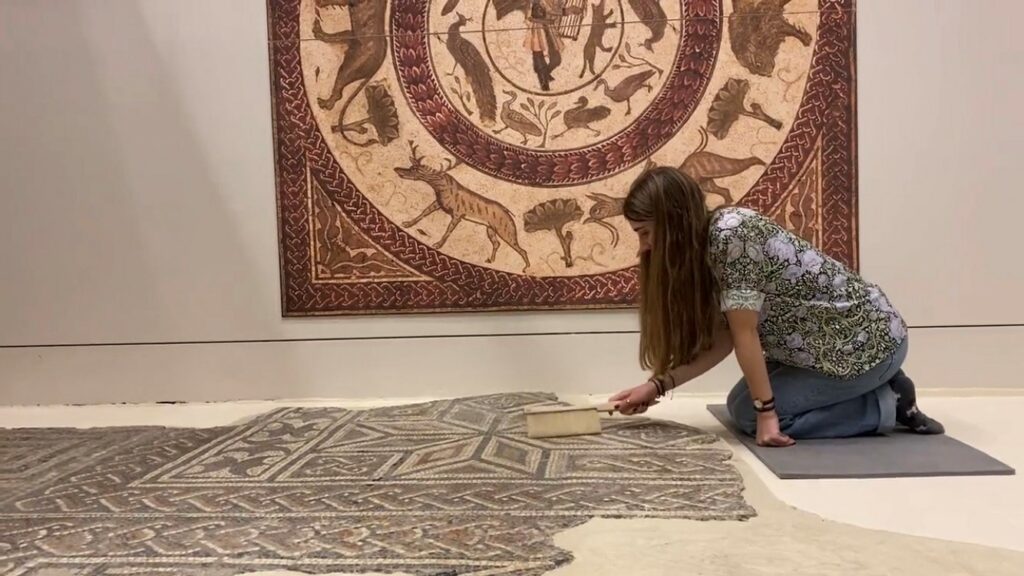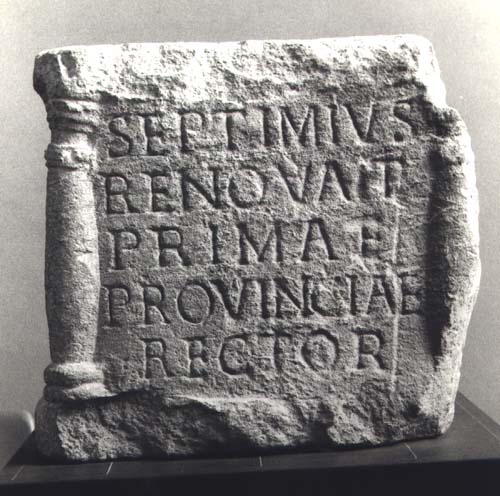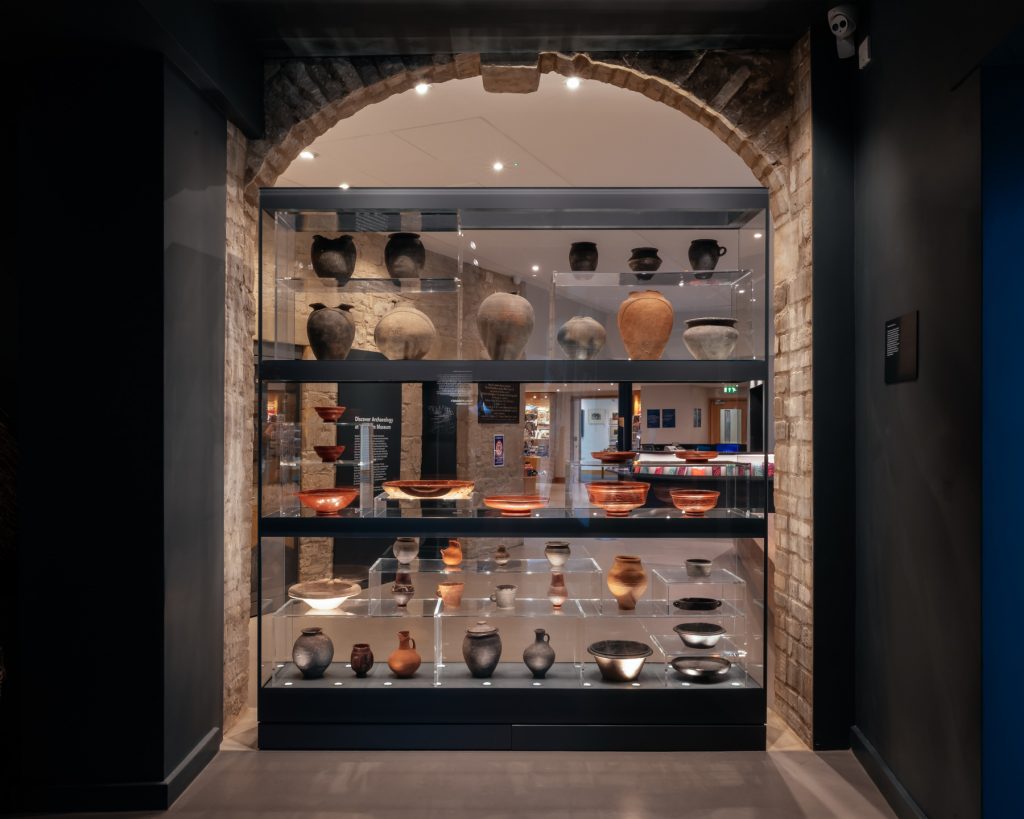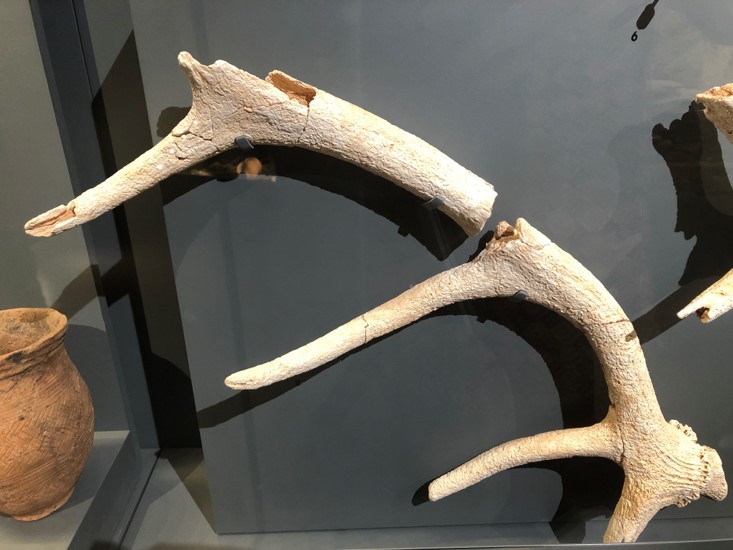Celebrating an archaeological trailblazer this International Women’s Day: Helen O’Neil FSA MBE
Helen O’Neil was one of the pre-eminent archaeologists of the 20th century who contributed greatly to our understanding of the history of this part of the Cotswolds. In 1938, she was invited to become honorary curator here at the Corinium Museum in Cirencester.

